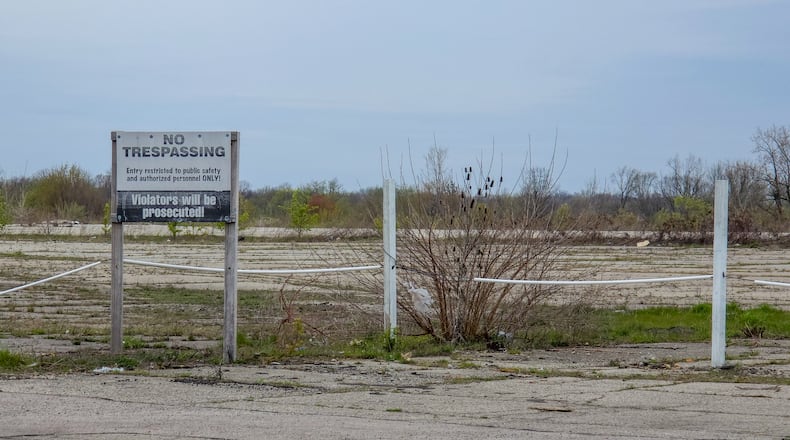Soon after, the city of Trotwood made public on its Facebook page a letter opposing any notion of locating a proposed state mental health facility in Trotwood or on the former Hara Arena site.
Despite that Heitz has indicated a state purchase of the property for redevelopment as a mental health facility is far from imminent, if it happens at all, Page expressed in her letter frustration that the city has not been included in any discussions.
“... Trotwood officials have not been provided with any information about such a project, thus hindering my ability to effectively convey accurate information to my community,” Page wrote. “... Our efforts to uncover the objective facts surrounding this narrative have been met with either no forthcoming information, or a lack of response.”
Page reiterated the city’s opposition to the Hara Arena site serving as the project location.
“I am asking for your help to bring together those officials with a vested interest in the need for a mental health facility in this region,” Page wrote. “I am certain that collectively, we can determine a better-suited location with more access to comprehensive resources while providing a safe and supportive environment for those in need of mental health treatment and care.”
Questions to DeWine’s office from this newspaper were referred to the Ohio Department of Administrative Services, the agency that oversees general state facility management.
A representative for DAS could not provide specific details about the project, which is still in its infancy, but offered a statement.
“The state is currently in the exploration stages of a new behavioral health facility in the Miami Valley that will increase access to care for those in need and also bring state jobs and development to the area,” the statement reads. “An agreement has not been signed so we are not able to comment further.”
A study completed in partnership with the Miami Valley Regional Planning Commission outlines a “proposed vision” for the site that could see 70 of the property’s 190 acres turned into community park space, including playing fields, trails, nature areas and connections to surrounding neighborhoods, with much of the remaining acreage redeveloped for commercial use.
The site encompasses 1.2 million square feet of developable space, documents show, and the study suggests a total employment potential of 500 jobs once the site is fully redeveloped.
About the Author



